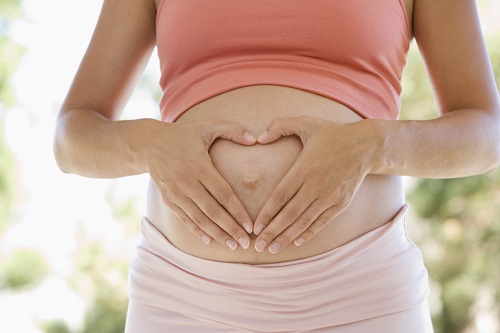IVF
IVF – or In Vitro Fertilisation stands for fertilisation taking place outside of a woman’s body, under controlled conditions such as in a laboratory. There have been over 5 million babies born as a result of using IVF technology; the first was a little girl called Louise Brown in 1978.
Why Just Us?
Infertility is a more common issue than we give sufficient credit for. For the average couple with no fertility issues, there is only a 20-25% chance of successfully conceiving each month. Around 10% of women in their reproductive years have problems either getting or staying pregnant. In Australia and New Zealand at the present time, we know that females account for around 1/3 of the cause for infertility problems and males another 1/3. Infertility affecting both the woman and the man and other, unknown causes make up the remainder. For many of these couples, IVF or some form of fertility assistance is the only way possible they will be able to conceive their baby.
Most of us assume we’ll be able to conceive naturally and have children when we plan to and when we want them. But it’s not always as straightforward as this.Perhaps as high as 3-7% of couples have a problem with infertility.
When Should We See Someone?
The general recommendation is that if a heterosexual couple, having regular sex have been trying to conceive for one year (or six months if you are over 35), and are having no success, then it’s time to be checked. A consultation with a general practitioner and then referral to an obstetrician and gynaecologist specialising in fertility problems is the usual management.
What Happens with IVF Treatment?
IVF involves a number of steps and although individual fertility clinics may vary in their techniques, the general principles and processes are the same. After taking a careful history and basic screening tests from the couple, six steps are generally done:
- Egg collection
- Sperm Retrieval
- Insemination
- Fertilisation
- Embryo Culture
- Embryo Transfer
Follicle Stimulation
There are a range of medications which are designed to stimulate the ovarian follicles to produce more eggs. The more eggs which are helped to mature, the greater the chances of successful fertilisation and a successful pregnancy. Collecting several, healthy eggs boosts the chances of one being fertilised. The aim is to artificially bring enough eggs to a state of maturity, under controlled and monitored conditions to maximise the chances of successful fertilisation. Hormone injections help to support this process – many women learn to give these to themselves. Alternatively their partner may take on this role.
Harvesting
The growth of the follicles is monitored closely by ultrasounds and blood tests, specifically levels of oestrogen. When the follicles containing the eggs are ripe and ready for collection an injection of hCG (human chorionic growth) hormone is given. One of the actions of this hormone is to stimulate the follicles to release its egg.
Collection is around a day and a half later and is done in hospital when the woman is given a light anaesthetic. A very narrow, fine needle is injected into the ripe follicle and the eggs are aspirated (sucked) gently out.
Partner’s Role
This is the time when your partner needs to do his bit and provide the scientists with a fresh sample of semen. With every ejaculation there are around 250 million sperm released, though this number varies on a number of factors. Age, hormones, frequency of ejaculation, diet and general health all play a role.
With standard IVF treatment, the eggs and sperm are mixed together in a Petri dish. If the egg is fertilised, the embryo is cultured in the laboratory for 2-6 days and monitored carefully before being transferred into the woman’s uterus.
If the quality or quantity of the sperm is not sound, then a single sperm may be injected into an egg and then transferred directly into the woman’s uterus. This is known as intra cytoplasmic sperm injection (ICSI).
An alternative is when sperm are sorted and the healthiest are selected to for transfer directly into the woman’s uterus.
There have been some changes in fertility clinic practice, around the number of fertilized eggs which are transferred into the uterus. Currently many clinics will only transfer one or two back, so that the chances of having a multiple pregnancy are reduced.
Any excess embryos can be frozen for future use if a current cycle of IVF is unsuccessful or the uterus is not favourable enough for transfer to go ahead.
When Will I Know If I’m Pregnant?
Pregnancy tests are usually done just over fortnight after the IVF procedure. This can seem like an endless waiting game for a couple who are often desperate to have a baby.
This series of articles on IVF is designed to help you navigate your way through a range of information and choices. Your own gynaecologist and fertility clinic will be able to provide you with advice which suits your individual situation.
Last Published* April, 2023
*Please note that the published date may not be the same as the date that the content was created and that information above may have changed since.




